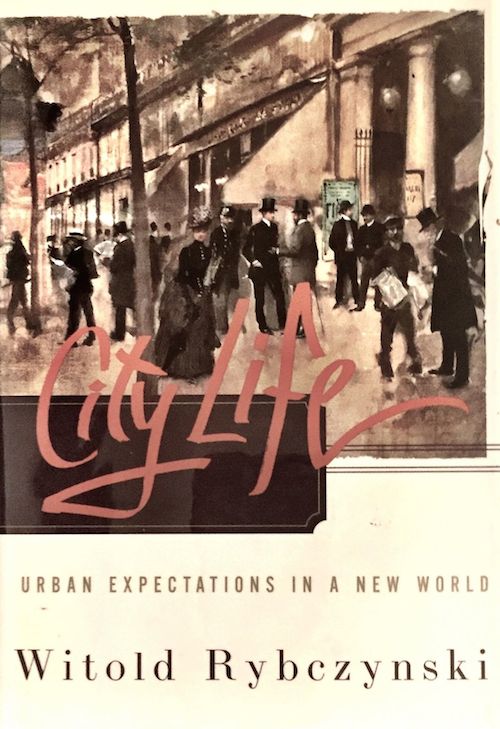
The American shopping mall emerged in the nineteen-fifties, during which the United States became at once more affluent and less urban. “The postwar period saw much new suburban construction, but just as the subdivision replaced the garden suburb, the shopping village was replaced by the regional shopping center,” writes architect-critic-historian Witold Rybczynski. “Probably the first such center was Northgate, which opened on the outskirts of Seattle on May 1, 1950.” I know Northgate well, or at least I used to know well what Northgate had evolved into by the mid-nineteen-nineties, when Rybczynski wrote those words. Back then, for a suburban preteen such as myself, much life outside home and school came packaged by the shopping mall: perhaps Bellevue Square, that paragon of dead-center-of-the-middle-class aspiration; perhaps the more run-down but more culturally unpredictable Crossroads; perhaps Northgate, whose faintly left-behind feeling owed, I now suspect, to its aforementioned history.
Not that I knew anything about that history at the time, or would have cared. At eleven years old, my concerns had more to do with the volumes of Choose Your Own Adventure at Half Price Books or the anime VHS tapes at the Suncoast Motion Picture Company. Yet as one ages, one takes an interest in the the larger forces that influenced one’s early years, not least the built environment in which it played out. This, in effect, is the subject of Rybczynski’s City Life: the forces that shaped not the built environment of his own early years, which he spent in the England and Canada of the nineteen-fifties, but mine. This happened inadvertently, of course, a function of when he wrote the book, which when published in 1995 was promoted as an explanation of the state of the contemporary American city.
City Life is an awfully broad title for such a project, even granted the subtitle Urban Expectations in a New World. Far punchier would have been the name of its first chapter, Why Aren’t Our Cities Like That? So Rybczynski was asked, over for dinner at the home he and his wife had built themselves in rural Quebec, by a Montrealer friend just back from Paris. Those words express the distinctive mixture of wonder and frustration felt by many North Americans recently exposed to European capitals, if one that typically disperses in short order. But Rybczynski, who’s been writing about architecture, housing, and cities since at least the early 1980s, pursued the question: why aren’t our cities like that? Given his professional experience, he must have known the answer — but also that the question itself could constitute a sturdy framework for a book’s worth of essays.